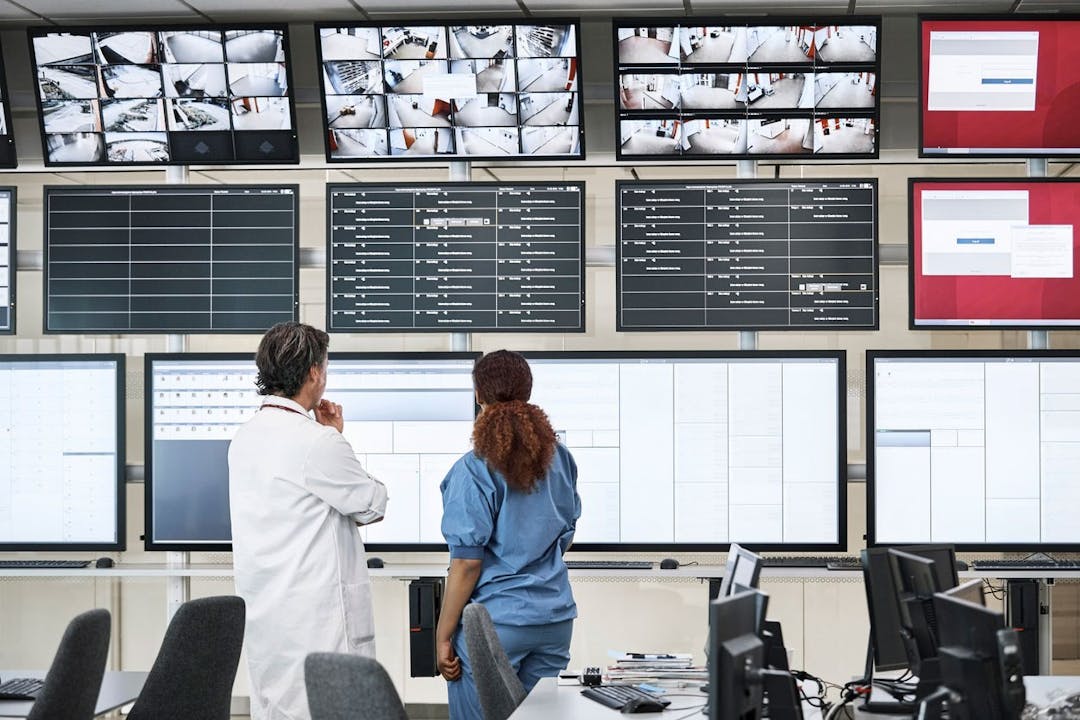Hospitals cannot afford downtime; scaling their network infrastructure doesn't have to be complicated.
For the past decade countries like the United States and Great Britain have invested billions in network infrastructure technology to modernize data interoperability in the healthcare sector. In the U.S. the implementation of electronic health records (EHRs) is now ubiquitous, used in over 85% of hospitals nationwide. EHRs have the advantage of providing accurate and complete information about patients, enabling physicians access to a patient's current medication, allergies, and laboratory results in real-time.
As EHRs are stored in the healthcare provider's technical infrastructure, so are the massive amounts of data collected by connected medical and imaging devices. Now network operators race to expand processing power to withstand the astounding surge in patients and medical data, further exacerbated by the shift of care from offline to online using telehealth services to deliver care virtually during the COVID-19 crisis.
With telehealth, it is both the connection to high-speed reliable internet from service providers such as Verizon, and the ability to process the bandwidth and data application via the healthcare provider's core network. Clinics and hospitals face network bottlenecks as routine patient visits are replaced with online video calls. Regardless, hospitals critically need to keep running, as does their data centers and network equipment. Downtime can result in reduced care quality and efficiency, or an inaccessible EHR, at worst life and death circumstances.
Hospitals accelerating their network capabilities should close these gaps by building on infrastructure that is already in place. The key is to seek scalable and simple solutions as it can be disastrous to launch complex projects during moments of peak need.
Below we explore four excellent network/IT upgrades:
1.Easy server memory upgrades – Not to be overlooked, upgrading server memory is a quick and cost-effective solution to handle increased data and application response times. View all ProLabs’ Cisco® UCS server memory options.
2. Simple 10G access network upgrades – Despite years of investment, many health access network elements are still connected by 1G or lower connections. Going from 1G to 10G increases speed and efficiency. We offer a wide range of SFP+ transceivers including CWDM and DWDM fixed and tunable wavelengths.
3. Upgrades from edge to core – Telehealth and other health-related applications are driving upgrades at both the edge and network core. ProLabs’ broad portfolio of 25G SFP28, 100G, and even 400G transceivers are popular upgrades to keep up with rapidly increasing demands while limiting cost exposure.
4. Fiber patch cables to future-proof hospital networks – Maximize fiber infrastructure with the right cabling that can support high-speed bandwidth network applications. AddOn offers a wide assortment of single-mode, multi-mode, and MPO cables. Our test certified fiber patch cables are robustly constructed, ensuring circuit integrity and seamless connectivity. A wide assortment of single-mode, multi-mode, and MPO cables are available. View all fiber patch cable options.
